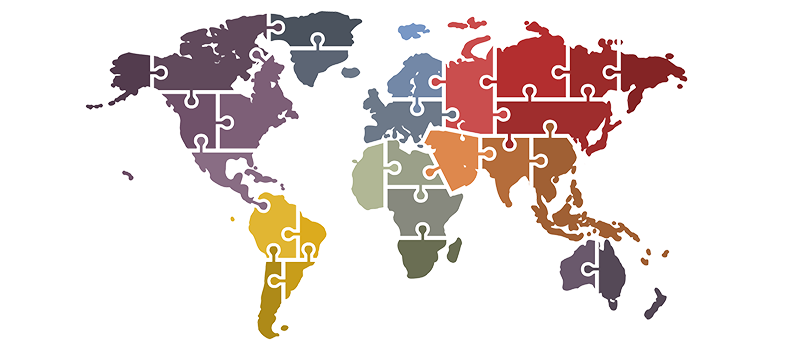5 Frameworks underpinning the development of national action plans on AMR
WHO’s
Country NAPs must outline the national strategic vision, aligned to that set out in the GAP-AMR, preferably with a national AMR surveillance system, collecting and analysing local surveillance site data. The development framework for these is laid out in the GAP-AMR (WHO, 2015a) and in the manual for developing NAPs, a resolution drafted as part of the 68th World Health Assembly in May 2015.
AMR NAPs should be linked to key public health strategic objectives, one of which is ‘Objective 2: Strengthen the knowledge and evidence base through surveillance and research’ (WHO, 2015a). AMR NAPs usually contain multiple objectives, not just conducting AMR surveillance. For example, other typical objectives include reducing transmission of resistant infections through improved infection prevention and control, and conducting research on novel antimicrobials.
The development framework specific to ‘Objective 2’ underlines the importance of the establishment of a national AMR surveillance system by country. It outlines the ‘measures of effectiveness’ of strategies carried out by individual countries. One measure of effectiveness relevant to this discussion is defined as follows: ‘Extent of reduction in the prevalence of antimicrobial resistance, based on data collected through integrated programmes for surveillance of antimicrobial resistance in all countries.’ (WHO, 2015a).
WHO recommends an incremental approach to the development of NAPs. When embarking on developing or refining their NAPs, countries should consider:
- stakeholder engagement
- available resources
- the state of current practice and policies specific to AMR and AMC.
Other considerations include the development and evaluation of plans to ensure the establishment of:
- frameworks for collaboration at local, national and international levels
- national laboratory and epidemiology capacity
- current national data on AMR and AMC
- governance structures
- frameworks incorporating legal and ethical concerns
- frameworks for internal and external quality assessment
- case definitions.
We will cover each of these in detail in the following sections.
First, let us discuss the relevant stakeholders, vital to the ongoing development and assessment of NAPs, with specific emphasis on objective 2, the effective functioning of national AMR surveillance systems.
4.5 Sample collection



